We Tried the First Augmented Reality Laptop, and It’s Awesome
The best thing about CES and the weeks and days leading up to the tech extravaganza is the promise of seeing something weird, wacky and innovative. The zSpace Laptop PC is one such product.
This unassuming-looking device is the first Windows laptop to combine augmented and virtual reality, making an experience that seems to burst from the screen. When it launches (date TBD), zSpace is hoping to target the education and enterprise space with a surprisingly affordable price of $1,500.
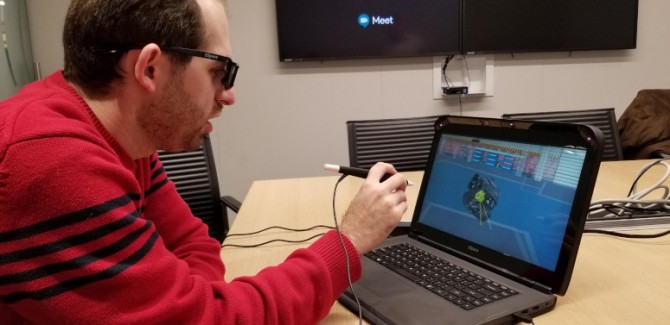
I had the opportunity to get an exclusive hands-on with the zSpace Laptop PC and was pleasantly surprised at how smooth and intuitive the experience is.
This isn’t the first time I’ve seen this technology. HP showed off something similar a few years ago with its Zvr Virtual Reality Display, which was housed in a 23.6-inch all-in-one setup. The tech is pretty straightforward –– using a proprietary 3D display, head-tracking sensors, 3D glasses and a large stylus. Only now, the technology is housed in a 15.4 x 10.8 x 1.2-inch laptop that weighs about 9 pounds. It’s a bit chunky, but it’s a lot more mobile than a 23-inch monitor.
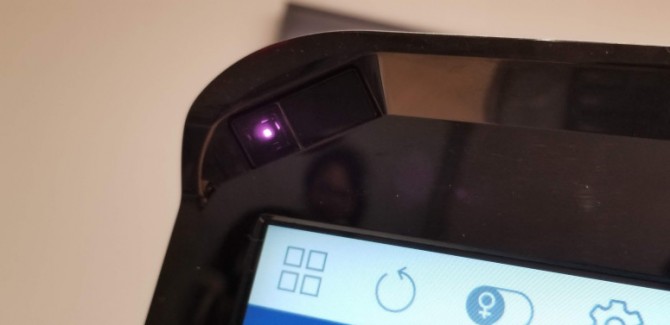
The head-tracking cameras are located in the upper corners or the laptop with another pair in the center. The top-mounted cameras protrude outward and downward, an ideal position to track the glasses. So about those glasses. They kind of look like your run-of-the-mill 3D movie eyewear, except for the large gray dots lining the frame. Although the glasses utilize a passive form of VR and are necessary to the experience, the dots are the secret sauce. Acting as mini mocap trackers, they’re what the head tracking sensors in the laptop are actually using to monitor your head position.
MORE: The Best Laptops for Business and Productivity
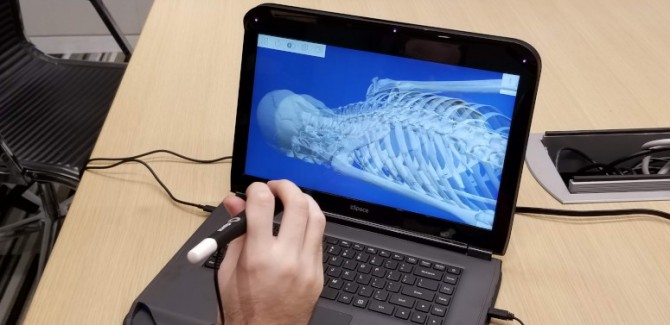
Once everything is synced up, the technology works seamlessly, creating clear interactive 3D images that are more blended reality than true virtual reality. Using the micro-USB-powered stylus, I launched an educational butterfly app, where I interacted with each stage of a monarch butterfly’s development. Clicking on a caterpillar and pulling it towards me, automatically zoomed in on the squirming critter, allowing me to get a clear look at its multitude of legs. When I wanted another look at the creepy crawly, I just rotated the hand holding the stylus.
Stay in the know with Laptop Mag
Get our in-depth reviews, helpful tips, great deals, and the biggest news stories delivered to your inbox.
The animations were consistently smooth and the actual field of vision was the size of the display. That meant that I could pretty much move my head freely without breaking the 3D effect. That’s a lot more than I can say for something like Microsoft Hololens, with its incredibly narrow field of vision.
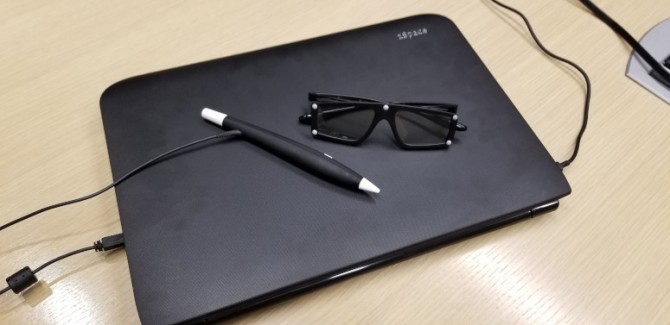
In addition to learning about butterflies, I also had the opportunity to get up close and personal with human anatomy, touring different systems including limbic and lymphatic. I also had the opportunity to take a tour of an exploded robot arm and learn how to build an engine.
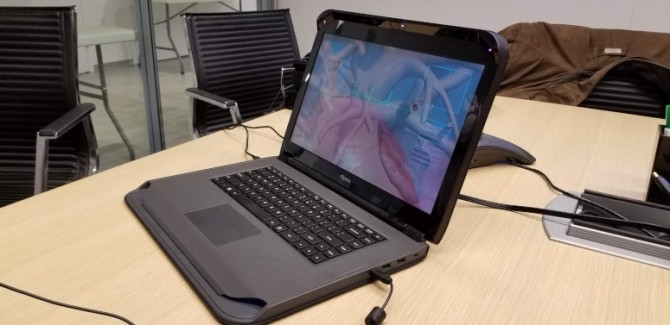
Running all this blended reality goodness takes a decent amount of power. When it ships, the zSpace Laptop will have an AMD APU A9-9420 CPU with 8GB of RAM and a 256GB SSD. And when you’re not using the 3D effects, the notebook will deliver the functionality you’d expect from a Windows 10 PC. And despite the 15.6-inch display having proprietary 3D technology embedded, for all intents and purposes, it looks just as bright and vivid as any other screen. However, I’d definitely want to test it in our labs to be sure. As far as battery life, zStudio didn’t give an estimate, but I’d hazard a guess that system can’t last more than two hours running any of the blended reality apps.
I’m looking forward to reviewing the zSpace Laptop PC. If the company can keep the price that low, it could be a great tool for educators as well as enterprise users.

Sherri L. Smith has been cranking out product reviews for Laptopmag.com since 2011. In that time, she's reviewed more than her share of laptops, tablets, smartphones and everything in between. The resident gamer and audio junkie, Sherri was previously a managing editor for Black Web 2.0 and contributed to BET.Com and Popgadget.
